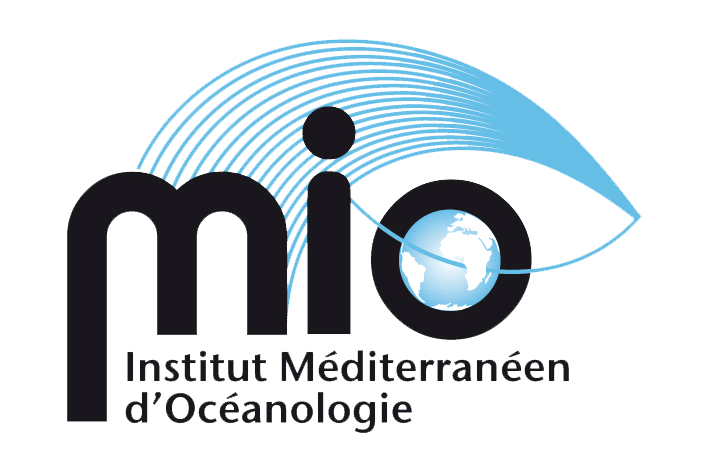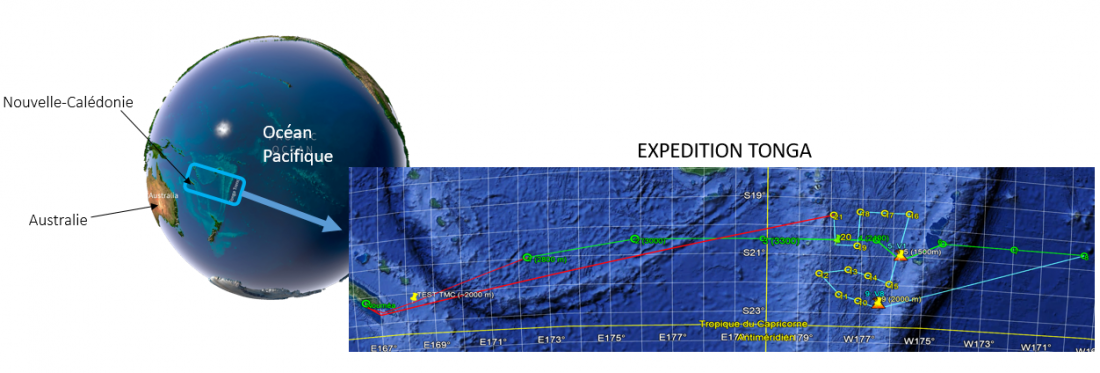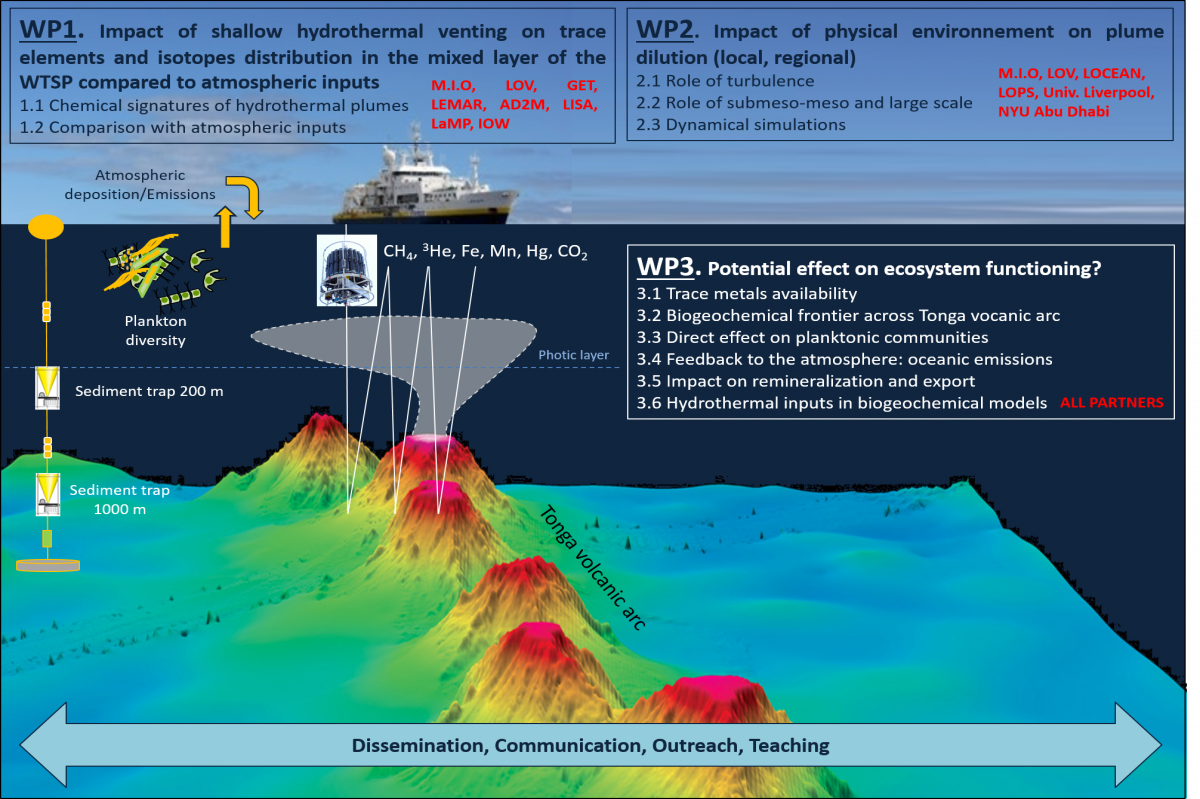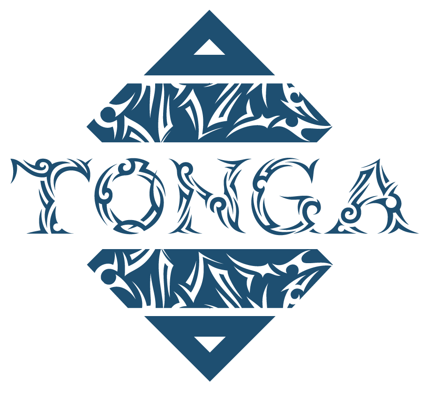
Trace element inputs from shallow hydrothermal springs: potential impact on marine productivity and the biological carbon pump
Coordination : Sophie Bonnet (DR IRD-M.I.O) & Cécile Guieu (DR CNRS, LOV)
TONGA is a multidisciplinary project dedicated to studying the control of oceanic productivity and carbon sequestration by micronutrients of hydrothermal origin. It brings together 90 scientists from 19 international institutions and is based on both a 37-day oceanographic expedition in the tropical south-west Pacific (oceanographic vessel L'Atalante) and modelling work. It involves geochemical oceanographers, physicists, biogeochemists, trace element chemists (ocean and atmosphere), biologists and modellers.
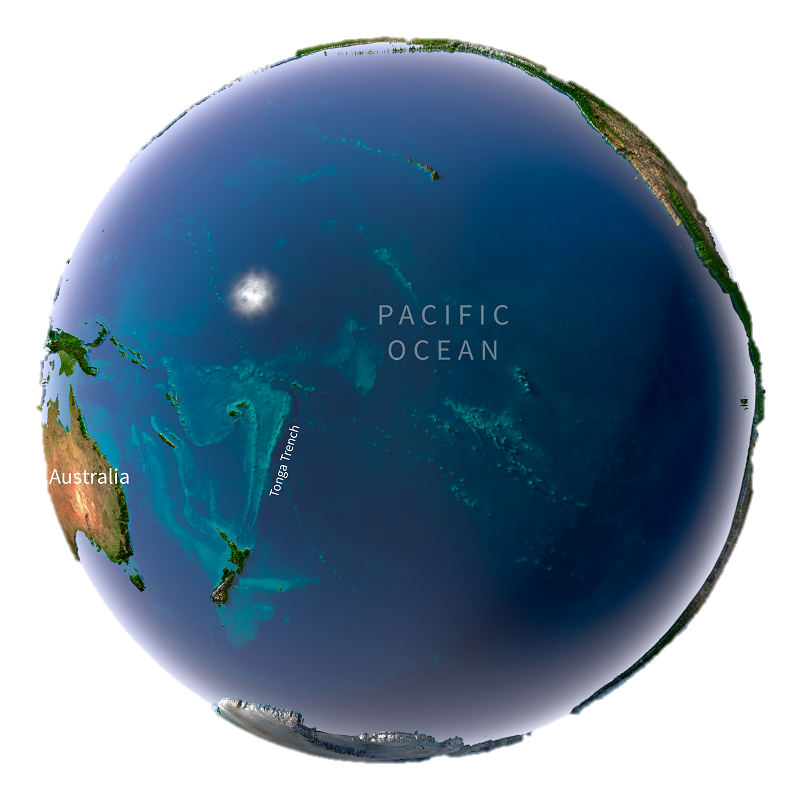
Objectives & Strategy
The South West Pacific Ocean (WTSP) has recently been identified as a hot spot for atmospheric nitrogen fixation, with some of the highest rates measured in the world ocean. Nitrogen-fixing organisms have high cellular iron (Fe) quotas compared with non-diazotrophic plankton and their success in this region has been attributed to high Fe inputs. However, our knowledge of the sources/distribution of Fe in the WTSP remains limited. During the OUTPACE campaign (2015), the proposing team identified a shallow (<500 m) hydrothermal source of Fe in the Tonga Volcanic Arc region, driving high dissolved iron (DFe) concentrations (4-60 nM) down to the euphotic layer (~0-150 m). To date, the potential impact of such inputs on regional DfE budgets and biogeochemical cycles has never been studied. In this context, the objectives of the TONGA project are :
accurately quantify the input of Fe (and other biogeochemically relevant compounds) from shallow hydrothermalism (<500 m) along Tonga's volcanic arc to the euphotic layer in comparison with atmospheric deposition,
study the fate of shallow hydrothermal plumes in the water column on a local and regional scale,
study the bioavailability and potential impact of these hydrothermal inputs on plankton communities and biogeochemical cycles in the WTSP
We propose a multidisciplinary approach based on a 37-day oceanographic campaign in 2019 (N/O L'Atalante, accepted by the TGIR FOF) in the WTSP and on modelling work. The TONGA consortium comprises 85 scientists from 19 international institutions, including geochemists, physical oceanographers, trace element chemists, biogeochemists, biologists and modellers.
The campaign consists of 31 short stations (6h) and two 5-day process studies over 2 known shallow active submarine volcanoes. Hydrothermal tracers and all the physical/hydrological/biogeochemical/biological parameters will be measured simultaneously with atmospheric monitoring. Fixed and drifting moorings, turbulence profilers and ARGO floats will be deployed to determine how hydrothermal inputs affect the distribution of trace elements and isotopes in the mixed layer (Task 1) and how physical parameters affect the dilution and transport of plumes (Task 2). The potential effect of these inputs on plankton communities (fertilisation vs toxicity) depends on their bioavailability, which will be studied in detail. The impact on ecosystem functioning and biogeochemical cycles (Task 3) will be studied using measurements of stocks, fluxes and planktonic diversity along hydrothermal gradients, supplemented by mixing experiments with hydrothermal fluids in my trace metal clean reactors. These observations will feed into several modelling approaches and vice versa: (1) a multiscale approach will better characterise the local and regional dispersion of hydrothermally derived nutrients in the WTSP, (2) a new Lagrangian modelling approach will be used to quantify the transport of hydrothermal Fe to the euphotic layer and (3) a coupled dynamic version of the PISCES model that includes dynamic binding of Fe ligands, colloidal Fe, and hydrothermal input will characterise the role of hydrothermal Fe on primary production and carbon export.
TONGA has been endorsed as a Process study by the GEOTRACES programme and has received a letter of support from the IMBER programme. It will improve our understanding of the processes linked to the impact of shallow hydrothermal springs on the functioning of ecosystems, an issue that has received very little attention to date.
The website
TONGA is funded by the ANR, the CNRS INSU LEFE-CYBER and LEFE-GMMC programmes, the A-MIDEx Foundation, the TGIR French Oceanographic Fleet and Ifremer, IRD and partner laboratories.
Scientific partners involved
- M.I.O Mediterranean Institute of Oceanography (AMU, leading partner)
- LOV Villefranche Oceanography Laboratory (Sorbonnes University, Villefranche/mer)
- GET Geosciences-Environment Laboratory (Ppaul Sabatier University, Toulouse)
- LEMAR Marine Environment Sciences Laboratory (Univ.Bretagne Occ., Brest)
- AD2M UMR Adaptation and Diversity in the Marine Environment (Sorbonne University, Roscoff)
- LISA Laboratoire Inter-universitaire des Systèmes Atmosphériques (Universities of Paris-Est Creteil, Paris Diderot, Paris)
- LOPS Physical and Space Oceanography Laboratory (Université Bretagne Occidentale, Brest),
- LOCEAN Oceanography and Climate Laboratory (Sorbonne University, Paris),
- LEGOS Laboratoire d'Etudes en Géophysique et Océanographie spatiales (University of Toulouse, Toulouse)
- AEL Environmental analysis laboratory (New Caledonia)
- LaMP Physical Meteorology Laboratory (Observatoire de Physique du Globe de Clermont-Ferrand)
- GEOAZUR (Nice Sopha Antipolis University),
- DIMENC (Department of Mines and the Environment, N. Caledonia),
- IFREMER (Brest)
- University of Liverpool (UK)
- University of Tasmania (Australia)
- New-York University Abu-Dhabi (USA, Emirates)
- Leibniz Institute for Baltic Sea Research (Germany)
- Florida State University (USA)
- University of South Pacific (regional Univ. 12 countries)
